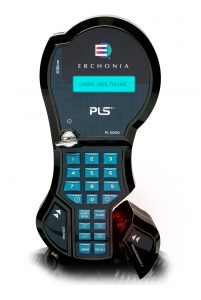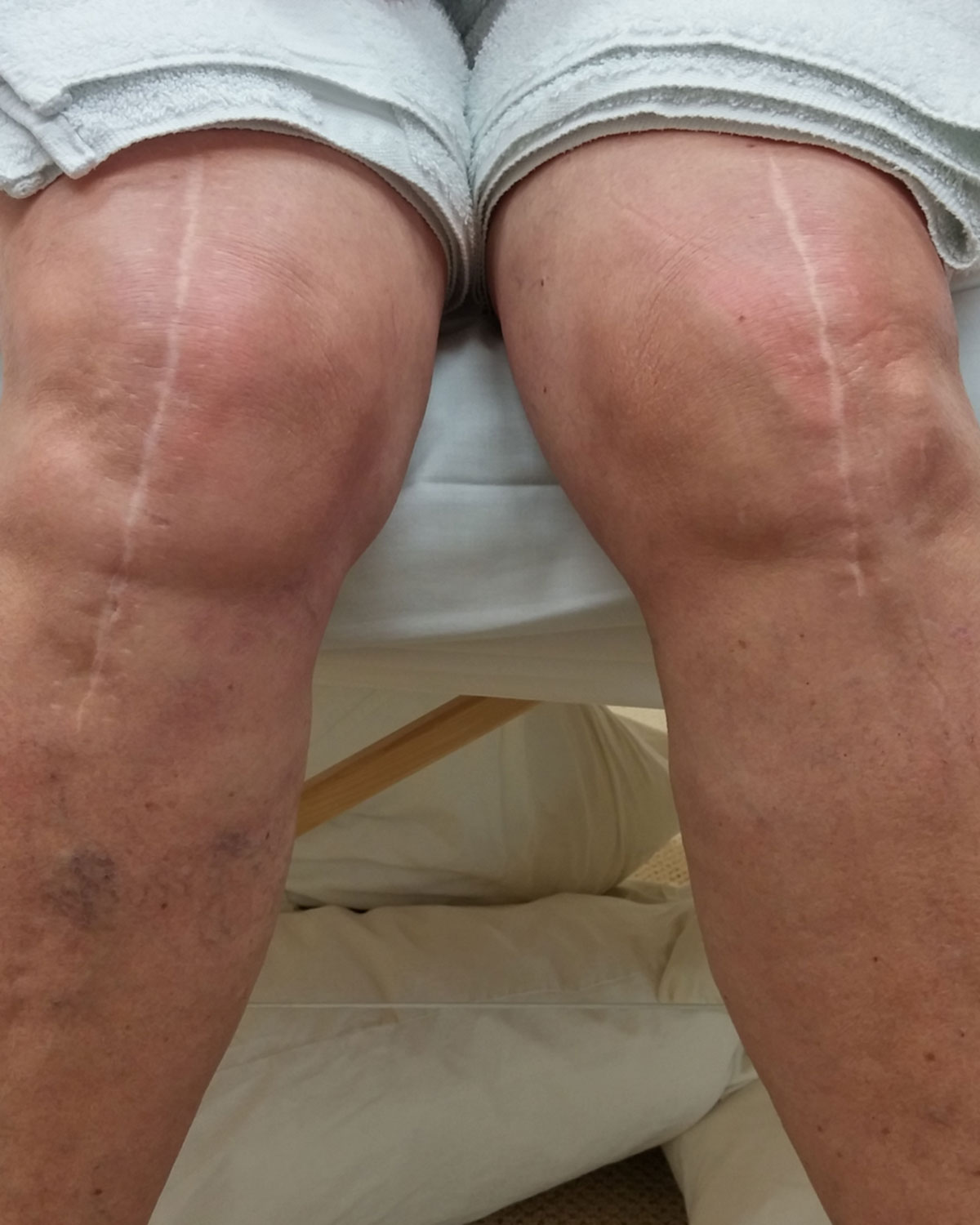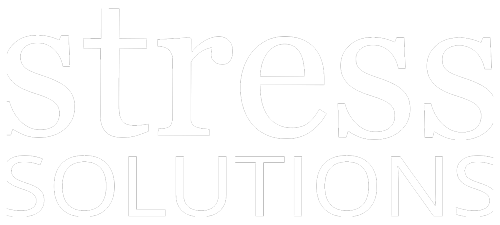
A New Treatment that Has Been Proven Safe and Effective by the FDA
Low level laser therapy (LLLT) or cold laser, is a painless, sterile, non-invasive, drug-free modality. Erchonia low level lasers offer a clinically proven treatment option that is safe, effective, and cleared by the FDA for the treatment of:
- Chronic Neck Pain
- Post-Operative Pain
- Shoulder Pain
- Heel Pain Related to Plantar Fasciitis
The list of symptoms responding to LLLT is growing, and research is ongoing. Other symptoms responding favorably to LLLT treatment include:
- Wound Healing
- Scars and Scar Tissue
- Sports Injuries
- Acute and Chronic Pain
- Neuropathy
- Neck and Back Pain
- Carpal Tunnel
- Sciatica
How It Works
In a nutshell, LLLT causes tissues to heal faster. Up to 66% faster according to studies conducted by the FDA.
 Housed within the energy manufacturers of the cell, called mitochondria, are receptors capable of absorbing specific parameters of light. During a laser treatment, the light will penetrate the skin and is absorbed by this receptor within the mitochondria. Stimulating these receptors with light promotes energy production, biochemical reactions, protein and growth factor synthesis, cell growth, and enhanced blood and oxygen flow. This causes tissues to heal faster, leading to relief of symptoms.
Housed within the energy manufacturers of the cell, called mitochondria, are receptors capable of absorbing specific parameters of light. During a laser treatment, the light will penetrate the skin and is absorbed by this receptor within the mitochondria. Stimulating these receptors with light promotes energy production, biochemical reactions, protein and growth factor synthesis, cell growth, and enhanced blood and oxygen flow. This causes tissues to heal faster, leading to relief of symptoms.
Karen J.

Karen had 2 total knee replacements. One in December of 2009, and the other in February of 2010. She had traditional care and physical therapy. Karen did not receive any laser therapy after this surgery. She has what is considered typical scarring and is well healed. This picture was taken in November of 2016.
Linda M.

Linda had total knee replacement of the right knee in June of 2016. She received one laser treatment per week starting one week after surgery for 2 weeks. At 2 weeks post surgery, she received a laser treatment and myofascial release once a week for 4 more weeks. Her time between treatment sessions then extended to laser therapy and myofascial release once every 3 weeks. Her post surgical treatment also included traditional physical therapy. By September of 2016 this is what her surgery scar looks like.
